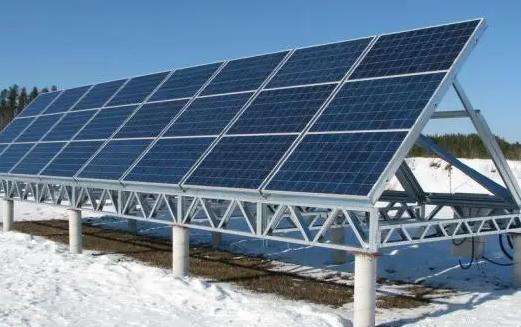Since the material of the solar water heater is stainless steel and the installation location is at the highest point of the building, many installers only consider its sturdiness and do not take the safety measures corresponding requirements for protection against lightning. When storms occur, solar water heaters. often bear the weight of lightning currents. They can even penetrate through metal water pipes, endangering indoor appliances and personal safety.
Accidents in this area have been recorded by the lightning protection management department. For this reason, users who have installed solar water heaters are recommended to take corrective measures such as adjusting the position to lower the height, raising the lightning rod (to be connected to the building lightning rod) and replacing conduitsmetal water pipes through water pipes made of insulating material. In addition, it is best not to use a solar water heater during storms to avoid being struck by lightning.
Solar water heaters do not need to install electrostatic grounding devices. When installing a solar water heater, you must install lightning protection grounding.
Lightning protection grounding is divided into two concepts: one is lightning protection, which prevents damage caused by lightning; the other is electrostatic grounding, which prevents damage caused by static electricity.
1. Factory lightning protection is divided into overall structural lightning protection, which is the lightning protection of the main factory building. The main foundation is grounding electrodes and mi stripsground to form a grounding network with a grounding resistor. less than 10 ohms. Then connect it to the main body of the steel bar or the steel structure of the main factory building. The cement concrete roof is connected with a lightning protection belt or lightning rod, and a grounding test point should be left on the ground outside the wall. The steel structure must be led directly to the roof with galvanized flat iron.
2. Power system grounding is divided into protective grounding and working point grounding. Protective grounding is the grounding of the shell of energized equipment. Operating point grounding refers to the grounding of the neutral line. The grid grounding method is the same as that of lightning protection, and the grounding resistance is lowergreater than 4 ohms. If the requirements are not met, a grounding electrode must be added. If conditions are not good, electrolyte must be added and/or ground replaced. The working earth and protective earth are installed independently in the power distribution room, and the system can be combined into one. The mode of operation, such as ground wire and neutral wire, is separate, or they can be combined into one and lead to the electrical system (or equipment). The grounding system must be grounded several times. There is also an independent method, the TN-S system. Ground Zero can no longer be.
3. Instrument grounding system. The earth resistance of this system is less than 1 ohm and cannot be connected to the lightning protection earth.
4. Anti-static grounds, such as oil lines, etc., must have reliable earthing (either system or independent) every 35 meters (elbow), with a resistance less than 30 ohms.














